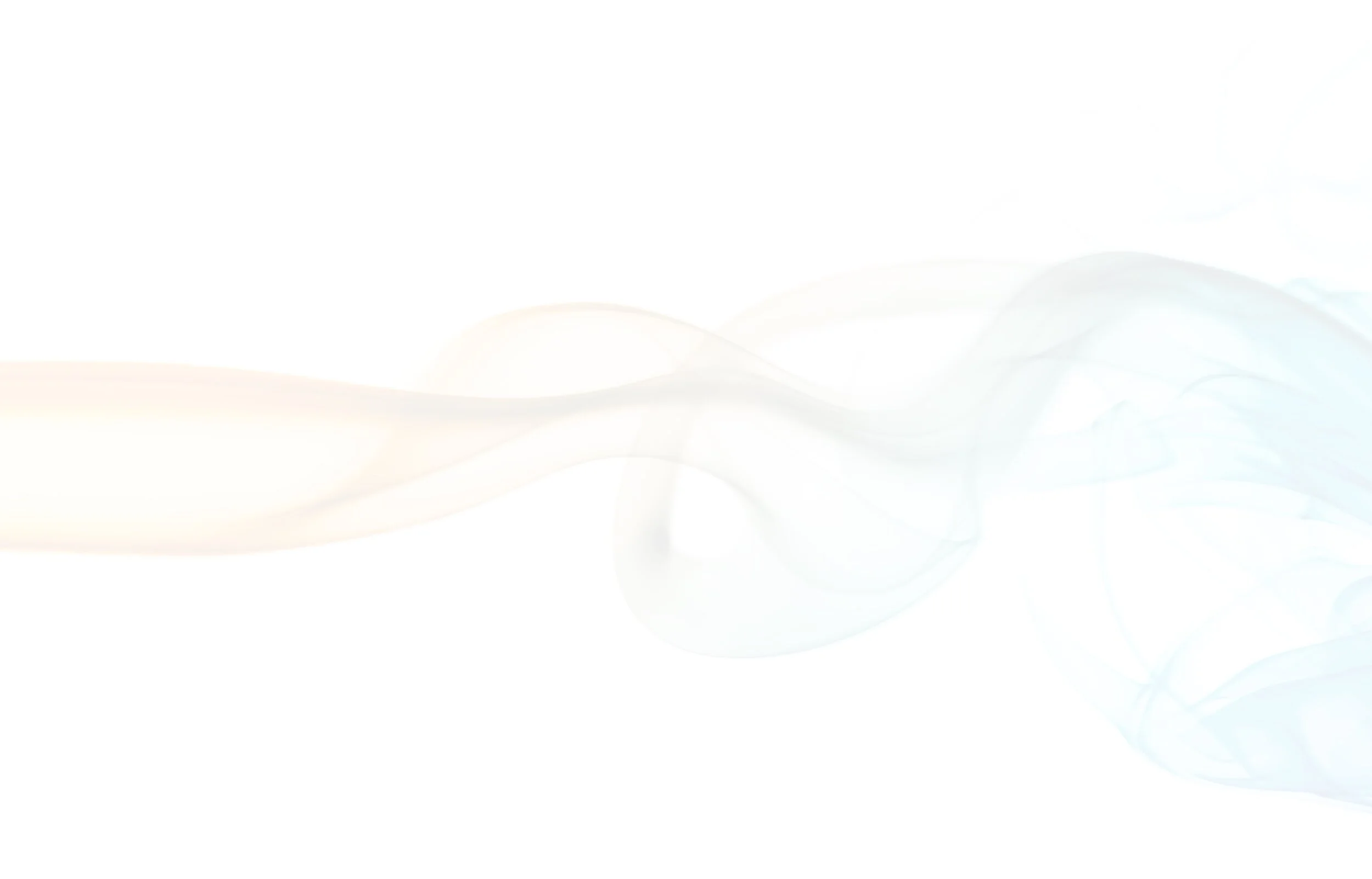
Overview
A scavenger hunt is a game in which the organizers prepare a list defining specific items, which the participants seek to gather or complete all items on the list, usually without purchasing them. Usually participants work in small teams, although the rules may allow individuals to participate.
My Role
I was responsible for the entire design process including the user research, creating wireframes, conducting usability testing sessions and high fidelity prototypes
Problem Statement
Our users need a way to engage in a scavenger hunt specific to their developmental level because they want to participate in a hunt that they can succeed in. We will know this to be true when we see a spike of downloads and when our users give us positive reviews.
Possible Solutions
Create an engaging, challenging, a unique and end-goal related game with reward system.
It should be enjoyable, and users should feel it’s worthy of their time.
Competitor Analysis
I started by conducting a competitive analysis to see how the similar apps work, how they approach solutions to problems that might be the same ones I was trying to solve, their strengths, weaknesses and how I could learn from them and use that in my own app, by implementing positive features and avoiding the ones that don't actually work well.
User Personas
User Journey
I created a User Journey Map to visually illustrate the user flows starting with initial contact continuing through the process of engagement into long term loyalty and advocacy.
User Flows
Created User flows which began at the entry point through their journey with the mobile app.
Sitemaps
I have created an initial sitemap for my app. Then I conducted a digital open card sorting using OptimalSort by creating 30 cards and then asking the help of 5 participants to sort the cards into different categories. After analyzing the collected data, I've made a few changes to the sitemap in order to improve the information architecture based on the insights discovered during the card sorting.
Prototype
Low-Fidelity Paper Sketches
Finally I started creating some paper sketches visualizing the user problems. I tried to create these sketches thinking of every possible scenario.
Mid Fidelity Wireframes
High Fidelity Wireframes and Prototypes
Creating high fidelity wireframes and interactive prototypes is the most exciting part of the entire UX Design process to me. By sketching some low-fidelity wireframes, I selected the best ones and further developed them until I had created high-fidelity wireframes. I created an interactive prototype using the wireframes that users could experiment with. In this prototype, I focused on specific tasks that my potential users had to complete in the next step so I could get a good understanding of the current functionality of the app.
Usability Test Results & Planning for Future Tests
Then it was time to conduct Usability Tests and to plan for future tests. I Created a Test plan, Test Script and recruited 6 participants. By having users providing me with valuable feedback about my prototype and how they performed primary tasks, my goal was to see what worked and what needed to be updated or removed altogether in order to get the best possible solution. In the long run, it saved me time and prevented issues at an early stage. With all the collected notes, I analyzed the data, created a usability test report and organized all the observations, errors and quotes in a Rainbow Spreadsheet. Having all of this information in my hands, I could now make the necessary changes in my prototype and improve it.
Each color represents one participant. All their quotes were combined and then categorized as Positive, Negative, Errors and Observations
Design Language
In order to ensure consistency throughout the whole project and to keep a detailed design language system that can be shared with anyone else working on the project, I have collected all the relevant design documentation which should always be used as a reference for future iterations.


















